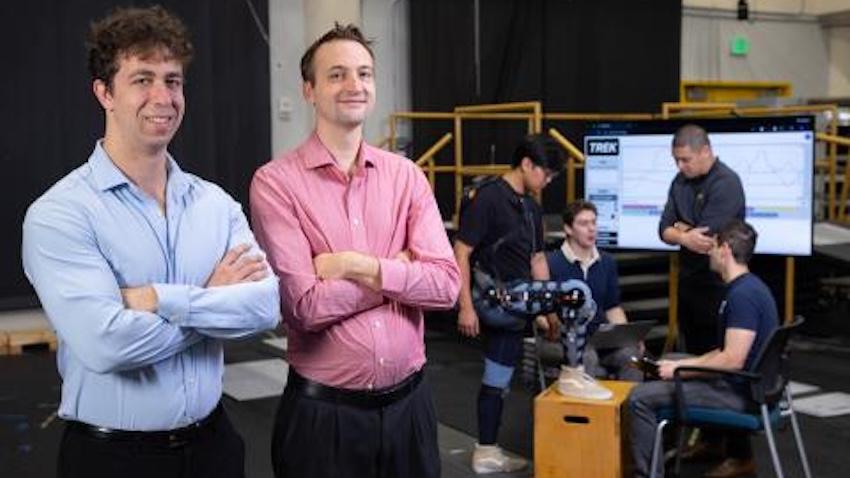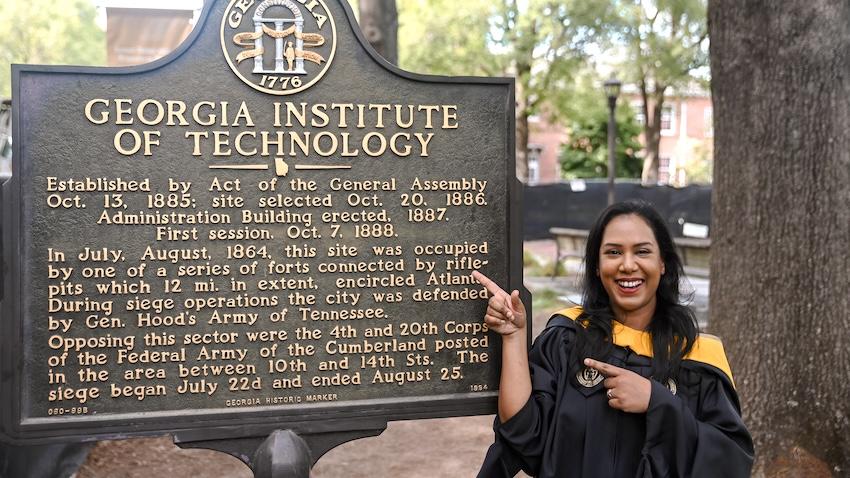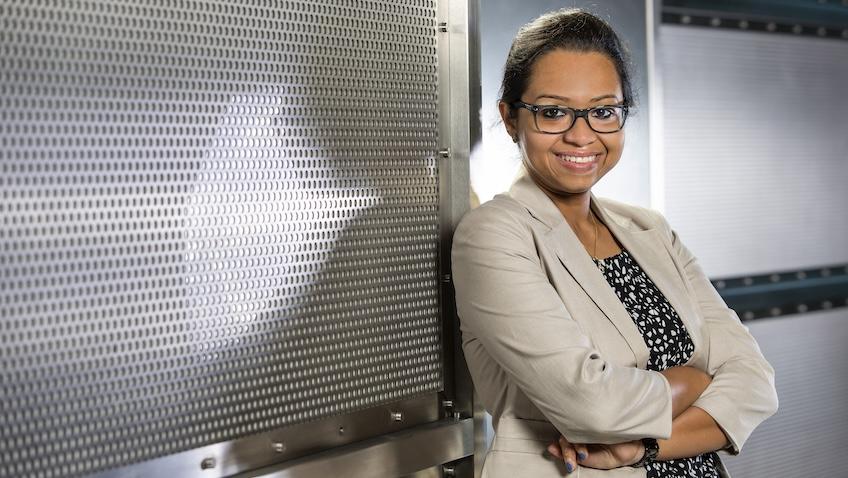
Real-World Helper Exoskeletons Just Got Closer to Reality
To make useful wearable robotic devices that can help stroke patients or people with amputated limbs, the computer brains driving the systems must be trained. That takes time and money — lots of time and money. And researchers need specially equipped labs to collect mountains of human data for training.
Even when engineers have a working device and brain, called a controller, changes and improvements to the exoskeleton system typically mean data collection and training start all over again. The process is expensive and makes bringing fully functional exoskeletons or robotic limbs into the real world largely impractical.
Not anymore, thanks to Georgia Tech engineers and computer scientists.
They’ve created an artificial intelligence tool that can turn huge amounts of existing data on how people move into functional exoskeleton controllers. No data collection, retraining, and hours upon hours of additional lab time required for each specific device.
Their approach has produced an exoskeleton brain capable of offering meaningful assistance across a huge range of hip and knee movements that works as well as the best controllers currently available. Their worked was published Nov. 19 in Science Robotics.
“It's a massive efficiency improvement in terms of the research mission. But what I think is especially exciting is in the real world,” said Aaron Young, associate professor in Georgia Tech’s George W. Woodruff School of Mechanical Engineering. “Let’s say a startup company wants to deploy an exoskeleton device, and that device goes through four iterations during development. This is now easy to accommodate without massive data collections needed every time they make a change to the device. That’s basically what would have been required if we were stuck with where the technology was a year ago.”
The study was led by former Ph.D. student Keaton Scherpereel, who studied with Young and Omer Inan in the School of Electrical and Computer Engineering. All the researchers are affiliated with Georgia Tech’s Institute for Robotics and Intelligent Machines.
They also worked with Matthew Gombolay in the School of Interactive Computing, whose team helped develop the AI system that made the advance possible.
Read the full article from the Georgia Tech College of Engineering.


